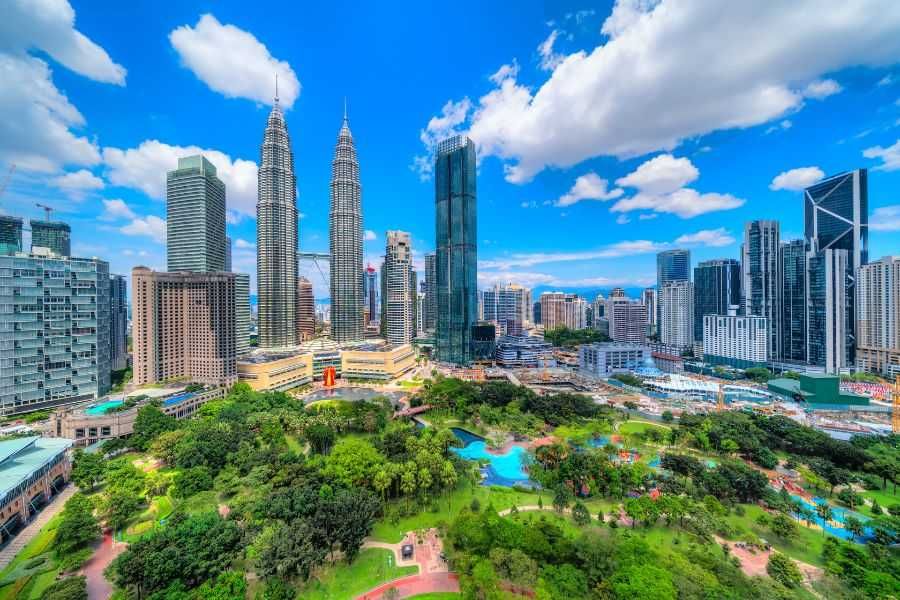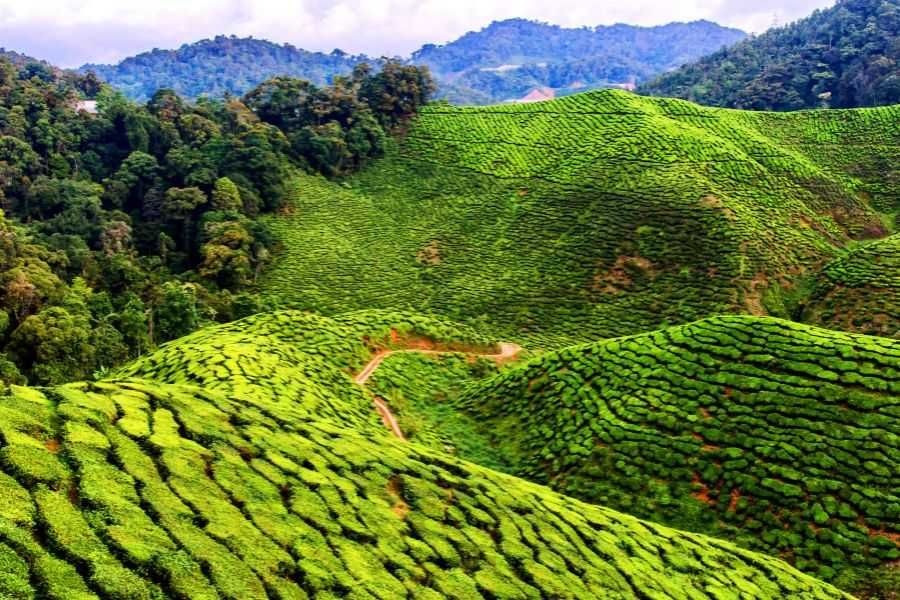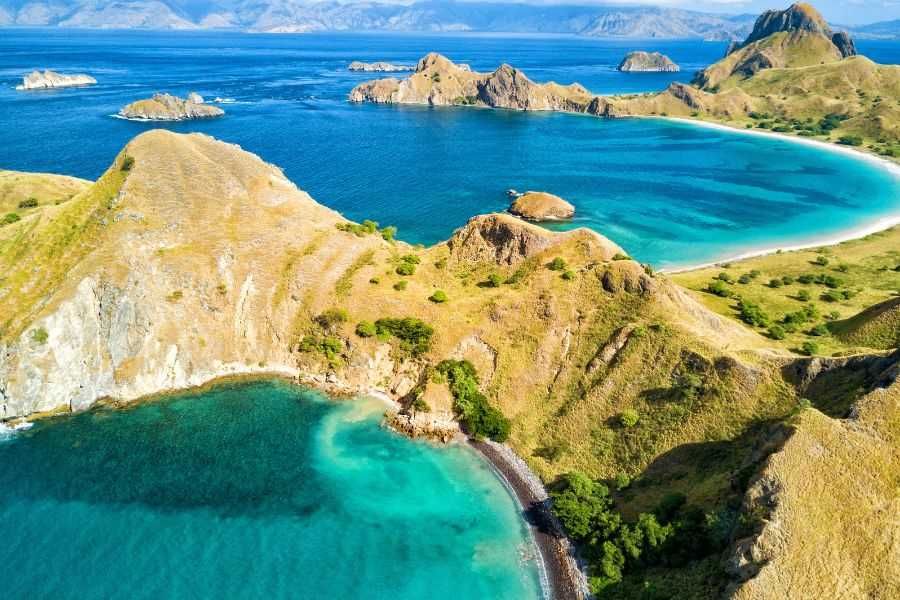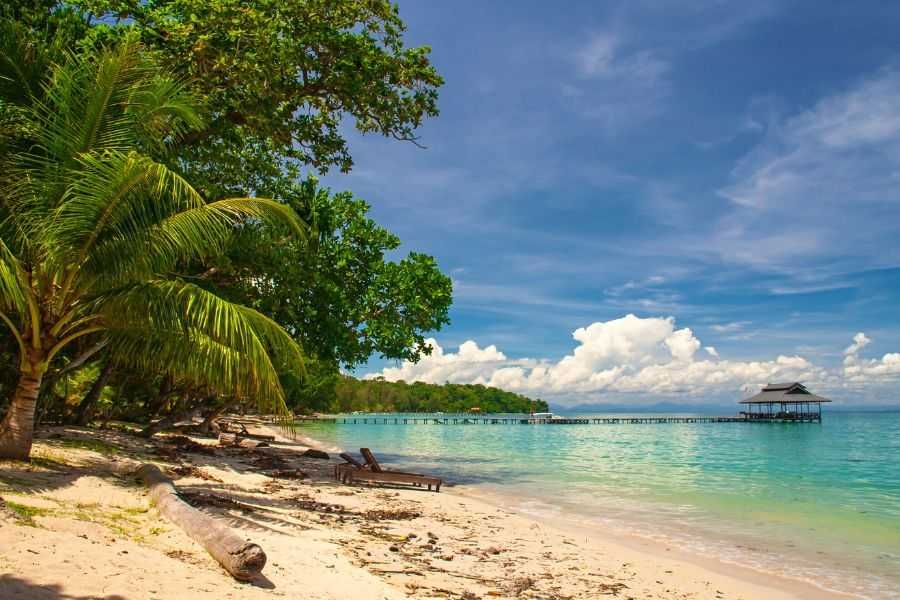Share This Article
Best time to visit Malaysia
Located partly on the Malay Peninsula and partly on the Borneo Island (shared with Indonesia), Malaysia has an equatorial climate. Generally, the country shares high temperatures and high air humidity across different regions. The weather and seasons of vary depending on the side of peninsula; therefore, the best time to visit Malaysia will vary based on the region. But worry not, you can always a corner of Malaysia with good weather in any month of the year for your ideal tropical holiday.
If we were to generalize, the most ideal time frame for a Malaysia tour would be: December-February (for the western islands such as Penang or Langkawi) and June-August (for the east coast such as Perhentian Islands or Tioman Island). Typically, June is the driest month while November is the wettest. However, don't let the rain season discourage you from visiting this amazing country anytime of the year! By choosing the right destinations, you can enjoy your holiday in Malaysia regardless of the weather!
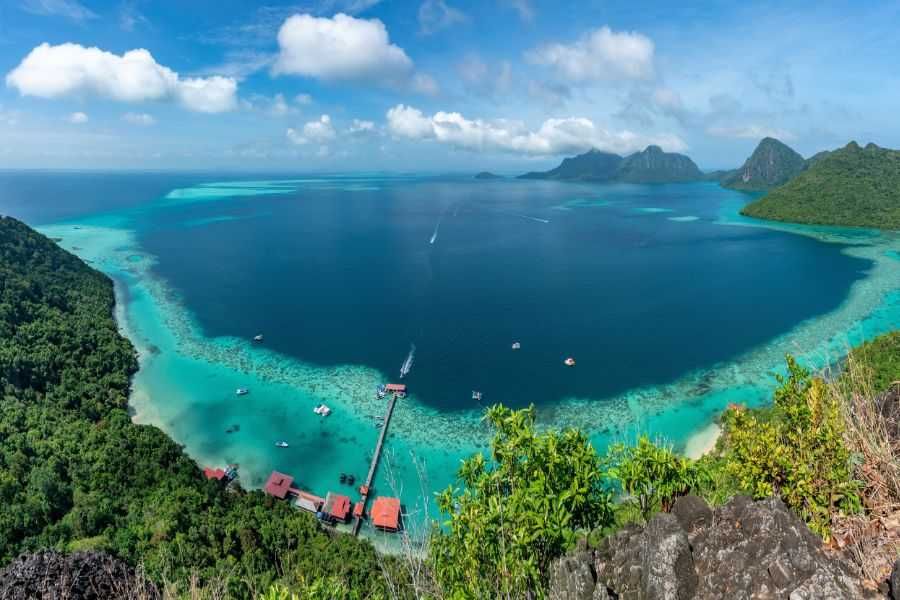
Malaysia weather and climate
The three climatic regions of Malaysia are the island of Borneo, the western region, and the eastern region. Although the temperatures in each of these zones range from 28 °C to 32 °C, there are significant variances in the overall amount of rainfall and the timing of its occurrence.
The east coast experiences a dry season from April to November, whereas the west coast experiences more rain. On the other hand, the eastern coast experiences its wettest months from November to February whereas the western coast gets mostly sunny days. Borneo has rainy seasons in January and February, and Kuala Lumpur will benefit from umbrellas in March and April.
Travel advice: choosing the best time to visit different parts of Malaysia
Kuala Lumpur
Kuala Lumpur, the capital of Malaysia, is situated on the Strait of Malacca in the Malay Peninsula's central-western region. The Titiwangsa Mountains encircle it on its eastern side. Due to the equator's close proximity, the climate is consistent and hot and muggy all year round.
The warmest months, with an average temperature of 33°C, are March and April. The wettest month in Kuala Lumpur is also April. In contrast, July is the coldest month, with a low temperature of 31°C. The driest month of the year is June.
The rainy season in this region lasts roughly from October to April, with the two monsoons (the eastern and western, respectively) having the highest strength in October-November and March-April. However, rainfall can also vary during other months of the year.
Kuala Lumpur is the ideal destination all year round because of its consistent weather. But if you're looking for the most sunshine and the least amount of rain, May to July is probably your best bet. If you don't like really hot weather, think about traveling in January or February when the weather is most pleasant.
Malacca
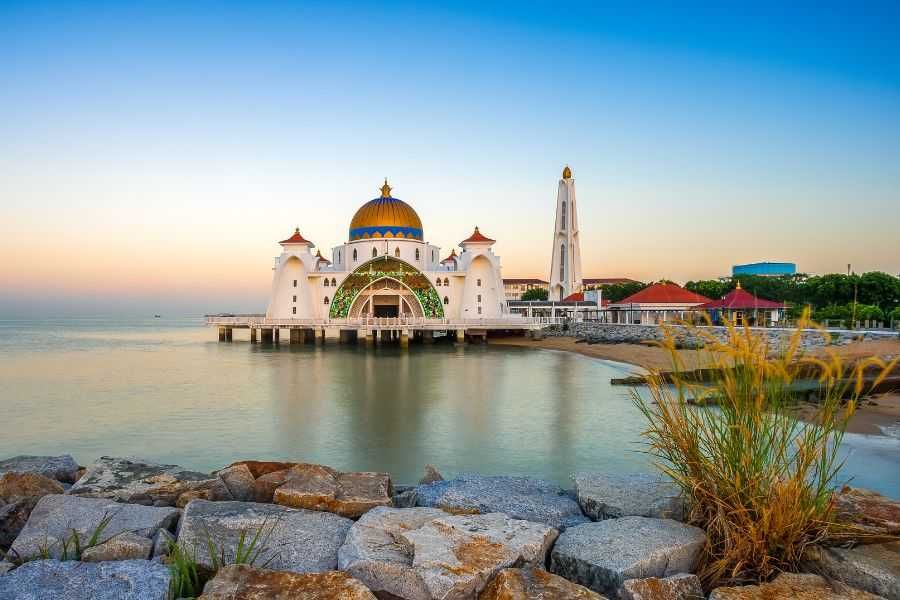
You must see this vibrant, post-colonial town listed by UNESCO while in Malaysia. Malacca is situated in the Strait of Malacca on the southwest coast of the Malay Peninsula, about 145 kilometers south of Kuala Lumpur.
The driest month is November, while January has the lowest average temperatures (30 ° C) and the least amount of rainfall. The warmest month is April, with an average temperature of 32 ° C. The water's year-round temperature ranges from 28 to 30° C.
Visits to Malacca are recommended in January or February, as well as in June, July, and August. The period you should avoid is from October through December.
Cameron Highlands
Make sure to travel in the direction of Cameron Highlands if you dream of Malaysian mountains covered in lush tropical forests, green tea plantations, strawberry fields, picturesque waterfalls, and moody Buddhist temples.
While it is still enjoyable to travel to Malaysian cities during the rainy season, it is preferable to plan your trip for the dry season if you want to enjoy outdoor activities in the mountains. In Malaysia, it rains frequently, although in the Cameron Highlands, it should rain the least in the months of January through February and June through July.
The strawberry season typically lasts from May to August, but thanks to productive farms, these delicious fruits are available all year long (some say it's better to go strawberry picking in January!).
Discover Malaysia's cultural heritage
As a melting pot of Southeast Asian cuisine, Malaysia awaits with colorful festivals, stunning architecture, and a wide range of cuisine.
West Coast (Langkawi Islands, Penang)

Western Malaysia's magnificent beaches are most conducive to relaxation from December to March. You may expect lovely, sunny weather throughout this time that is ideal for sunbathing.
September and October are the least ideal months to travel to this region because there is a greater likelihood of experiencing severe rain, high humidity, and fewer bright days. The hottest month here is often February, and the coolest is typically September. The two wettest and driest months are, respectively, January and October.
Pulau Pinang
The huge Malaysian island of Pulau Pinang is known for its delicacies as well as its idyllic surroundings and is situated in the northwest of the Malay Peninsula.
The driest months, which are crucial for tanning, are December through March, with particular emphasis on January and February; these are also the hottest months. Here, the rainy season begins in April, and the wettest months of the year are often September and October.
Langkawi

The hottest months for tourism are December, January, and February on this well-known Malaysian island of Langkawi, which is located off the country's northwest coast. This is when the weather is the best, as you might expect. As dry seasons, November and March can also give you comfortable weather for your Langkawi holiday.
The island's year-round temperature ranges between 25 and 34°C thanks to Sumatra's protection in the west and the Malaysian continent's protection in the east.
Planning a trip to Malaysia?
Let us build your tailor-made itinerary and simply escape to paradise!
East Coast
The Malay Peninsula's rainy season, which lasts from November to February, is significantly more intense in the east than that of the west of the nation. Numerous resorts and tourist destinations may be shuttered as a result of the increasing rains.
The islands off the east coast have hot weather all year long. The ideal months to travel are April through October, especially May, June, and July.
The wettest month is November, while February has the lowest average temperature. The hottest month is May, and the driest is June.
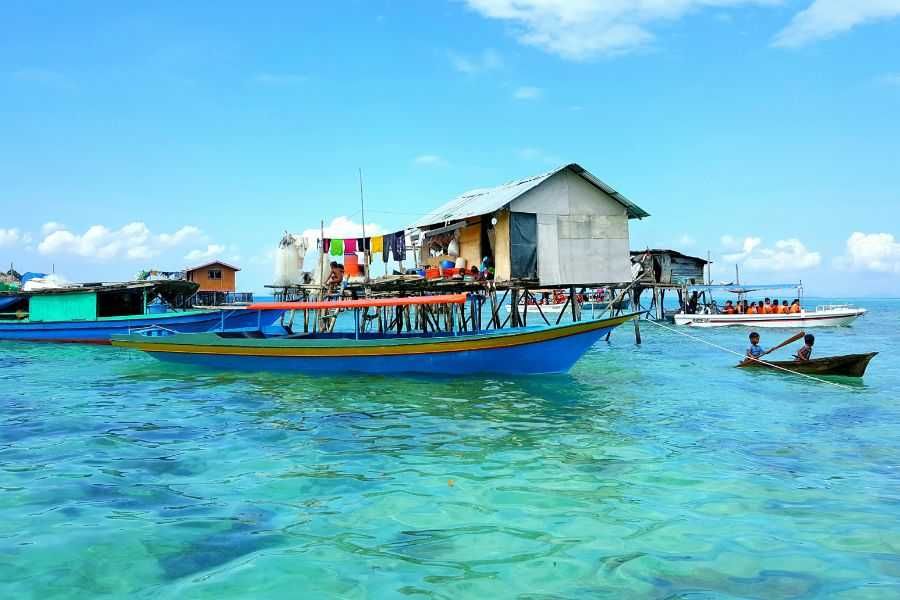
Kuantan

The distance from Malaysia's capital to its largest city, which is near the mouth of the Kuantan River, is roughly four hours by car. The city is well-known for its lovely surrounding beaches, fishing communities, and favorable windsurfing conditions.
April through October is the ideal season to travel. The month with the lowest average rainfall is February, while the month with the most is December. The hottest month of the year is July, while the coldest is January.
Borneo (the part of Malaysia)
The Malaysian portion of Borneo is best visited between July and the end of September. You have the greatest probability of seeing warm weather and the least amount of rainfall during this time. All tourist attractions will also be accessible to anyone who is interested.
There are many rainy days throughout the rainy season, which lasts from November to February. Various forms of risks might also result from heavy rainfall (floods, mud landslides).
In Borneo, you may expect balmy days almost all year long, yet at night, the temperature can dip below 0 °C in high mountain regions.
The good news is that Malaysia's equatorial climate encourages you to visit almost all year round if you envision an unforgettable trip there! Rain of varying sizes may always fall, but because it is so common in the tropics, it is not something that will ruin your vacation to this Southeast Asian country.
In addition to the rain, pollution and excessive air humidity could make it difficult to explore Malaysia. However, we are confident that you will find the ideal time for a trip to Malaysia owing to the above breakdown by region.
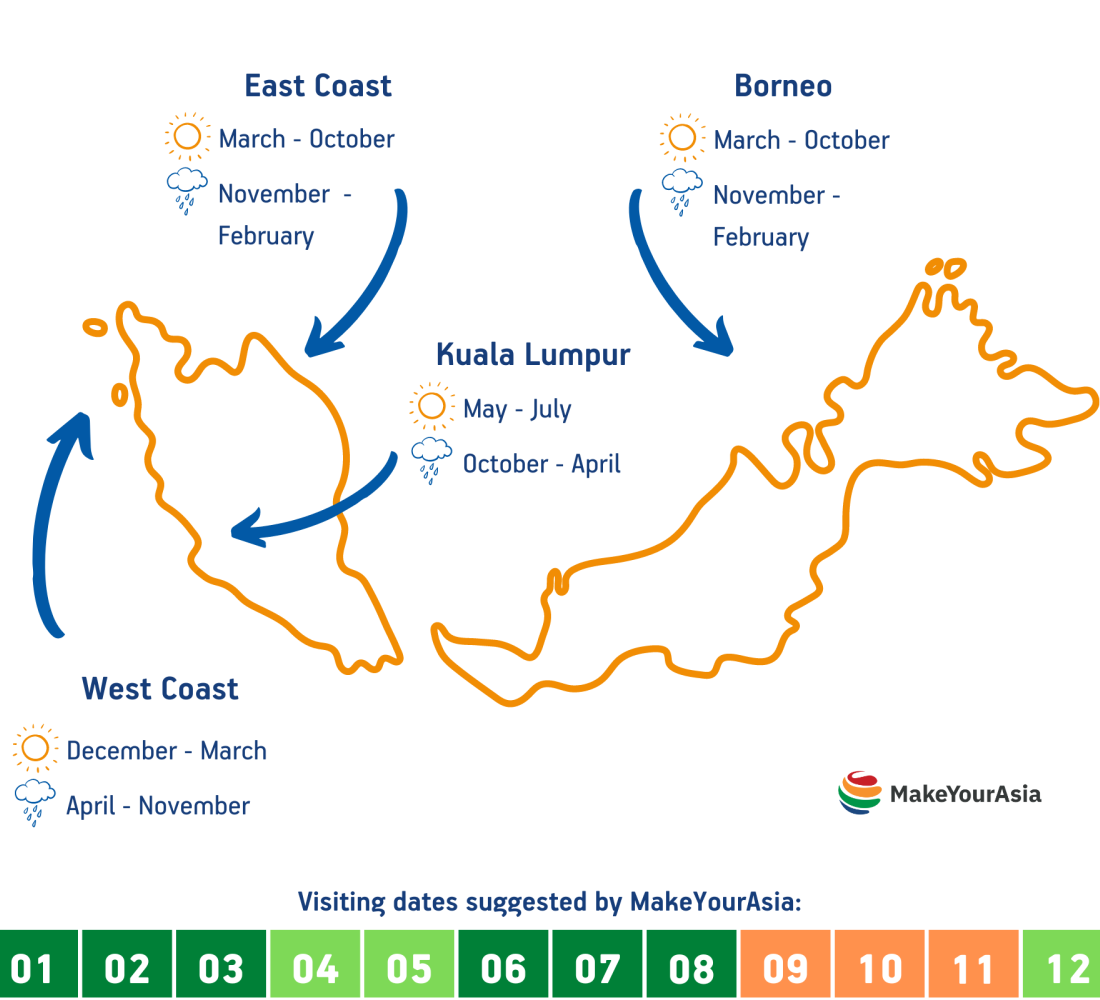

How to book a custom private tour?

